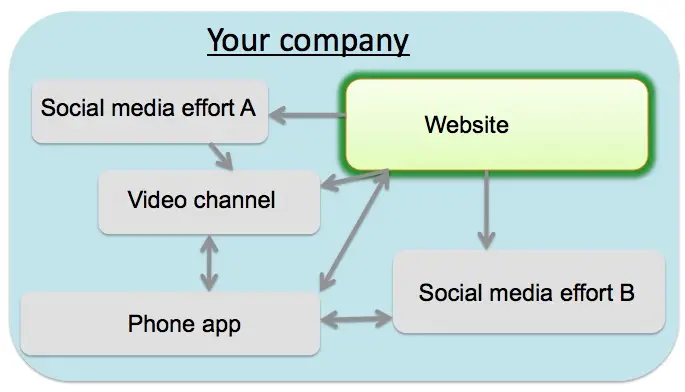When webmasters verify ownership of the site, this enables 2 way communication between webmasters and their site.
The following resources are available to people who want to know more about search.

Determine the primary business components of your website prior to launching a SEO strategy.
Analysis of Top-Ranking Sites and Pages
There are many reasons for wanting to analyze top-ranking sites, and particularly those that rank at the top in your market space.
They may be a website of your competitor which is reason enough to explore what they are doing,
but even if they are not, it can be very helpful to understand the types of things they are doing and how those things may have helped them get their top rankings.
With this information in hand, you will be better informed as you decide how to put together the strategy for your site.
Let us start by reviewing a number of metrics of interest and how to get them:
- Start with a simple business analysis to see how a particular company's business overlaps with yours and with other top-ranked businesses in your market space. It is good to know who is competing directly and who is competing only indirectly.
- Find out when the website was launched.
This can be helpful in evaluating the momentum of a website.
Determining the domain age is easy; you can do it by going to whois.org. Obtaining the age of the site is more of a challenge.
However, you can use the Wayback Machine (http://www.archive.org) to get an idea of when a site was launched (or at least when it had enough exposure that Archive.org started tracking it). - Determine the number of Google results for a search for the website's domain name (including the extension) for the past six months, excluding the domain itself.